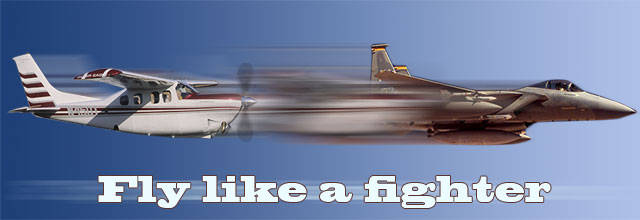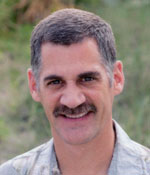
On a broken to overcast day in Germany, I climbed into the cockpit of an F-15 that recently had an engine change to conduct a maintenance test flight. Prior to takeoff, I would individually run each engine from idle to military, record the spool up time, light the afterburners, and record engine temperature and oil pressure at different power settings. Everything looked fine, so I lit both afterburners, released brakes, and began my takeoff roll. Because of the cloud deck that went from 3,000 feet to 10,000 feet, I couldn’t do the normal maximum performance climb straight up, so once I turned on course I moved the throttles out of afterburner to military (full) power and continued my climb. Passing through 5,000 feet, I scanned my engine instruments and noticed that all the needles were not parallel. The right oil pressure was low—really low, indicating only about 3 psi.
In trying to troubleshoot the problem, my first thought was that the gauge or transmitter was not working correctly. I had just done two minutes of engine runups and testing on the runway before takeoff, and everything was fine. The engine seemed to be running normally otherwise, and my climb speed and climb rate also seemed normal indicating that I was getting normal thrust out of the engine. In any case, I couldn’t continue with the profile so I coordinated for a turn back toward base.

I then pulled the right throttle to idle, began my descent, and just adjusted the left throttle for airspeed control. After a brief discussion with the supervisor of flying, another F-15 pilot working in the control tower as an extra set of eyes and ears, I shut the right engine down to avoid engine seizure. Engine seizure would have significantly increased drag, whereas I found the windmilling engine was hardly noticeable and the airplane flew just fine on one engine. The vectors through the weather and then approach and landing were uneventful. Flying the F-15 single engine is not a big problem given the high thrust output of each engine.
Once maintenance got the airplane back, it only took them five minutes to determine the problem: The freshly overhauled engine was never filled with oil before it was put into the airplane. It only had a small amount of oil left in it for shipping. This was just enough oil to give normal indications during the static engine runup on the runway prior to takeoff, but with the atmospheric pressure decrease during the climb the oil system just couldn’t keep up and so the oil pressure decreased to 3 psi. Ultimately the gauge was correct.
There are a couple of lessons here. The first is to play it safe and believe your gauges even if you suspect the gauge or transmitter is not working, especially engine gauges, and especially in a single-engine airplane. The second is to stay current on emergency procedures training with engine failures. In the Air Force, we had the luxury of regularly practicing single-engine procedures in the simulator. Whether you fly single- or multiengine airplanes, we have all practiced simulated engine-out procedures in our general aviation airplanes. The question now is when was the last time you practiced these procedures? Maybe it’s time to call your favorite flight instructor and refresh your skills.
Larry Brown of Colorado Springs, Colo., is a retired Air Force F-15 pilot who is using the lessons he learned as a fighter pilot as a GA pilot in his Cessna P210. Brown, who has 2,600 hours total time during his 32 years of flying, also was an instructor pilot and flight examiner in the Air Force T-38 and instructor pilot in the T-52, the military’s version of GA’s Diamond DA40. See previous installments of “Fly like a fighter.”



